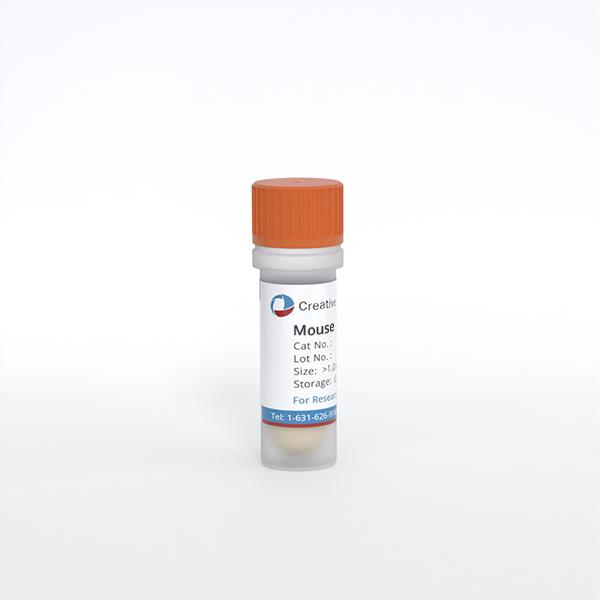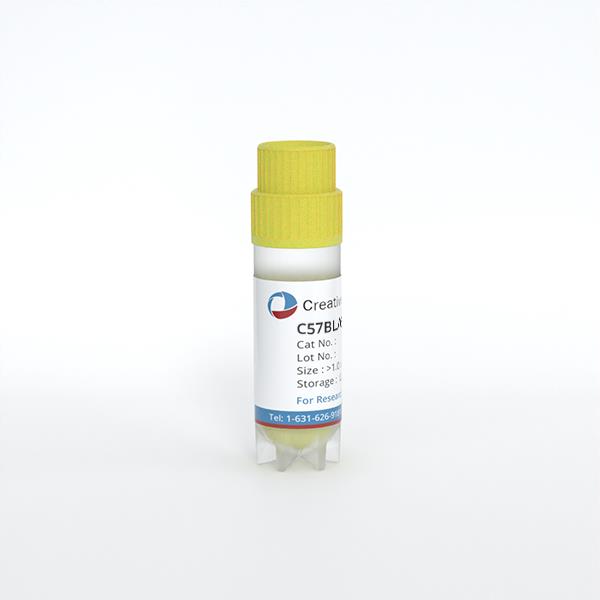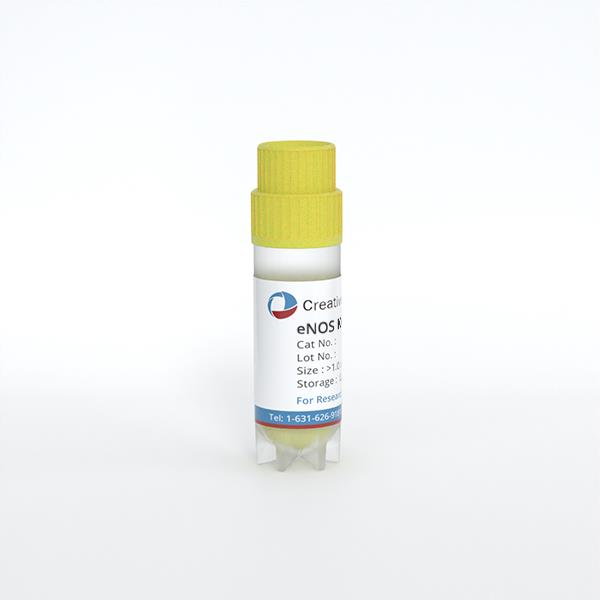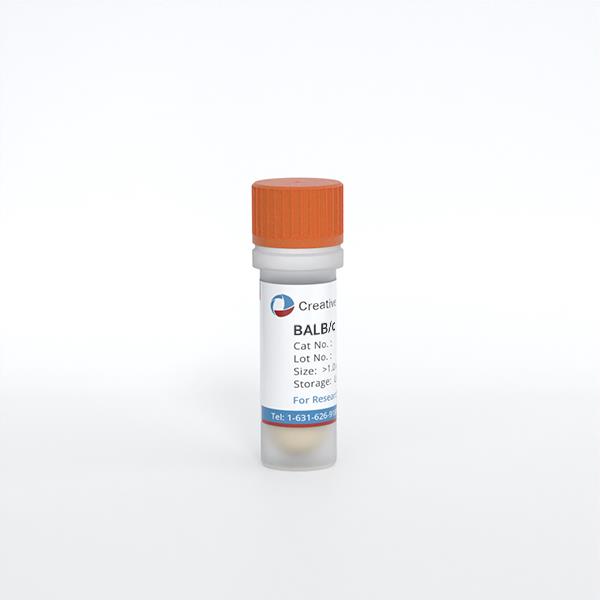
Mouse Hepatic Stellate Cells
Cat.No.: CSC-C4736Z
Species: Mouse
Source: Liver
Cell Type: Hepatic Stellate Cell
- Specification
- Q & A
- Customer Review
Cat.No.
CSC-C4736Z
Description
Hepatic stellate cells (HSteC) are intralobular connective tissue cells presenting myofibroblastlike or lipocyte phenotypes. They participate in the homeostasis of liver extracellular matrix, repair, regeneration, fibrosis and control retinol metabolism, storage and release. Following liver injury, HSteC transform into myofibroblast-like cells and are the major source of type I collagen in the fibrotic liver. Beyond these feature, HSteC have been implicated as regulators of hepatic microcirculation via cell contraction, and in disease states, in the pathogenesis of intrahepatic portal hypertension. Proliferation and migration of HSteC and expression of chemokines are involved in the pathogenesis of liver inflammation and fibrogenesis. HSteC possess voltageactivated calcium current, express the low affinity nerve growth factor receptor p75, and undergo apoptosis in response to nerve growth factor stimulation. Therefore, the new insight into the molecular regulation of HSteC activation will lead to therapeutic approaches in treatment of hepatic fibrosis in the future, and could lead to reduced morbidity and mortality in patients with chronic liver injury.
Mouse Hepatic Stellate Cells (MHSteC) are isolated from swiss mouse liver tissue. MHSteC are cryopreserved immedaitelly after isolation and delivered frozen. MHSteC are not recommend for expanding or long term cultures since these cells do not proliferate in vitro.
Species
Mouse
Source
Liver
Cell Type
Hepatic Stellate Cell
Disease
Normal
Quality Control
Mouse Hepatic Stellate Cells are negative for bacteria, yeast, fungi, and mycoplasma.
Storage and Shipping
Creative Bioarray ships frozen cells on dry ice. On receipt, immediately transfer frozen cells to liquid nitrogen (-180 °C) until ready for experimental use.
Never can cryopreserved cells be kept at -20 °C
Never can cryopreserved cells be kept at -20 °C
Citation Guidance
If you use this products in your scientific publication, it should be cited in the publication as: Creative Bioarray cat no.
If your paper has been published, please click here
to submit the PubMed ID of your paper to get a coupon.
Ask a Question
Write your own review
Related Products


